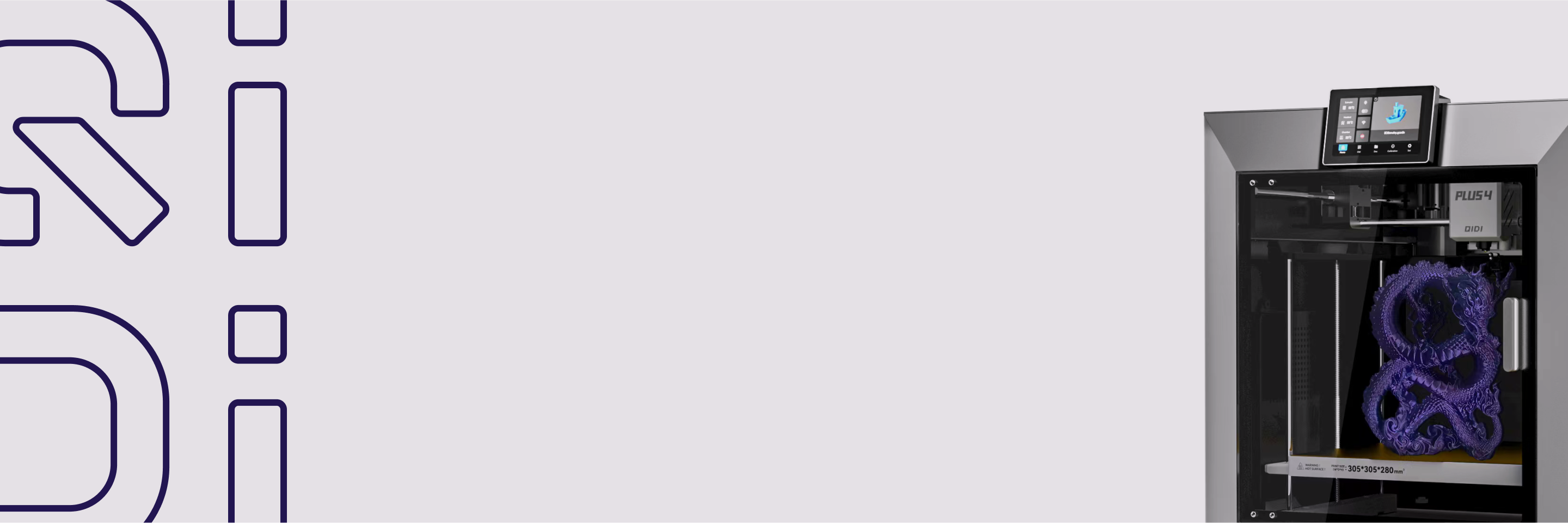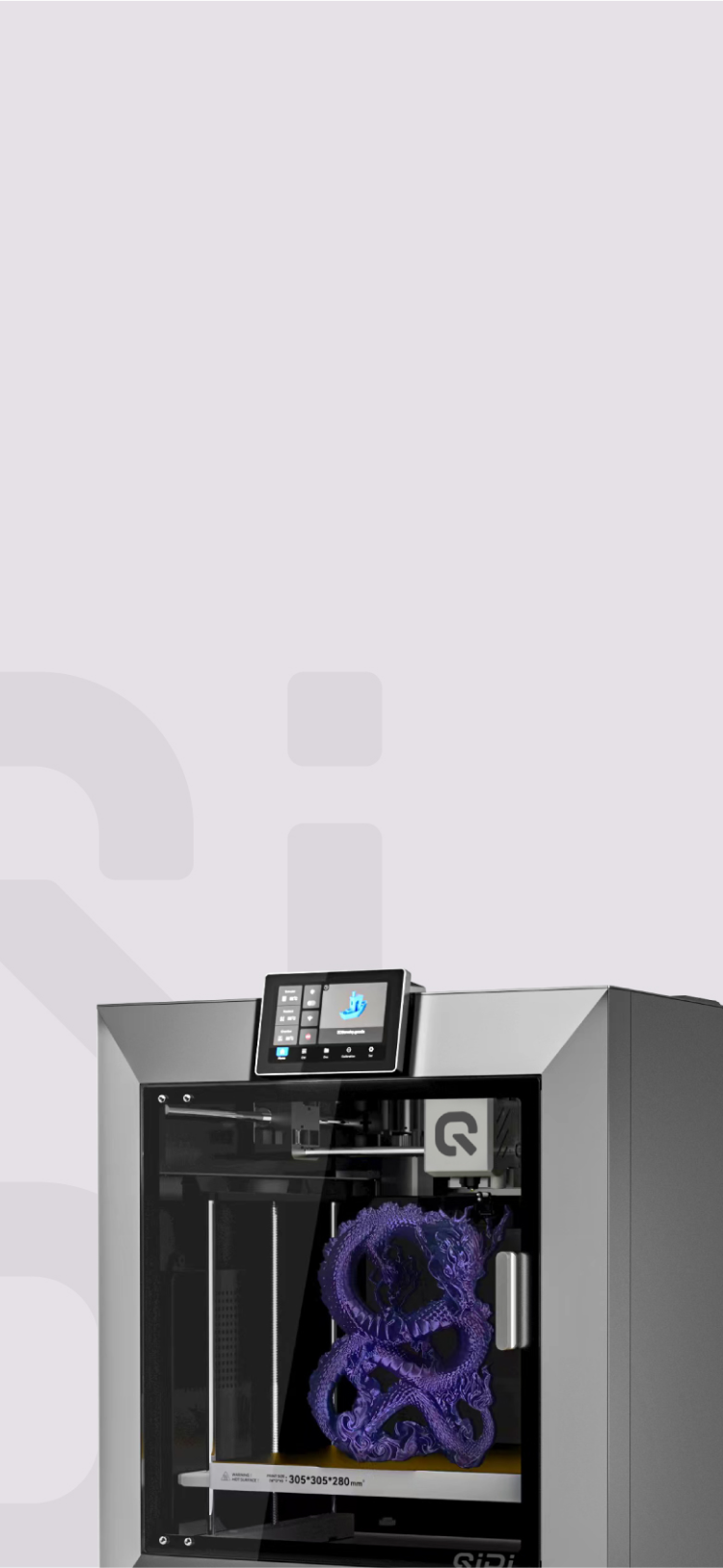3D印刷の最小壁の厚さはどれくらいですか?


3Dプリントにおける壁の厚さは、モデルの印刷の成功と使用中の耐久性に直接影響します。設計する壁は、強度を確保できるほど厚くなければなりませんが、材料を無駄にしたり、印刷に時間がかかりすぎるほど厚くてはいけません。3Dプリントの方式によって必要な壁の幅は異なります。FDMプリンターでは通常、少なくとも0.8mmの厚さの壁が必要ですが、樹脂プリンターでは0.6mmの薄さの壁を使用できます。このガイドでは、3Dプリントにおける壁の厚さについて知っておくべき重要な点を説明します。 壁の厚さ 3D プリント プロジェクト向け。
3Dプリントの壁厚に影響を与える主な要因
最小壁厚 3Dプリントの成功には、複数の要素が相互に作用し合うことが必要です。適切な厚さは、プリンターの性能、使用する材料、そしてパーツの用途によって異なります。
3Dプリント技術
印刷方法によってレイヤーの構築方法が異なり、壁の薄さも影響を受けます。
1. FDM
FDM 3Dプリンター ノズルサイズは固定されており、強固な壁を構築するには複数回のパスが必要です。層間の接着強度は、最小壁厚を決定する上で非常に重要です。

2. サービスレベル保証
SLA(ステレオリソグラフィー)プリンター レーザー精度により、FDMよりも微細なディテールを造形できます。液体樹脂の特性によって積層の薄さが変化するため、これらのプリンターは小さく精巧な形状の造形に最適です。
3. SLS
SLS(選択的レーザー焼結) 粉末状の材料を使用するため、粒子の大きさによって細部の表現力が左右されます。この方法は複雑な形状にも対応できますが、余分な粉末を除去するため、壁の薄さが制限されます。
4. マルチジェット/ポリジェット
マルチジェットおよびポリジェットプリンター インクジェットプリンターのように、正確な液滴印刷を行います。様々な素材に対応しますが、素材ごとに特定の幅が必要です。
材料特性
その 3Dプリント材料の種類 選択する材料によって、最小壁厚は大きく異なります。脆い3Dプリント材料は、ひび割れを防ぐために厚い壁が必要ですが、柔軟な材料は形状を維持し、曲がらないようにするために、さらに厚みが必要です。通常、強度の高い材料を使用すれば、強度を犠牲にすることなく薄い壁を作成できます。
素材によって熱への耐性が異なるため、印刷時や使用時の性能に影響します。素材によっては、印刷する厚さが薄すぎると曲がったり反ったりする恐れがあるため、必要な最小幅について検討することが重要です。
最終使用要件
構造上の考慮事項
プリントするパーツの目的によって、必要な壁の厚さが決まります。パーツの厚さは用途によって異なります。装飾品は小さくても構いませんが、重量を支えるパーツは強度を高めるために厚くする必要があります。可動部品には一定のスペースが必要であり、スナップフィットパーツは正しく機能するために十分な柔軟性が必要です。
環境要因
環境要因も非常に重要です。薄い壁は高温になると変形する可能性があります。また、湿気にさらされると、一部の材料は時間の経過とともに劣化するため、強度を高めるためにより強固な壁が必要となります。紫外線保護と耐接触性の必要性も、長期安定性を確保するために必要な材料の厚さに影響します。

3Dプリント方法ごとの推奨壁厚
具体的な最小壁厚は、印刷方法と材料によって異なります。詳細な推奨事項は以下のとおりです。 3Dプリントプロジェクト。
技術別最小壁厚
| 印刷タイプ | 基本パーツ | 標準部品 | 耐荷重部品 | 詳細な機能 |
| FDM | 0.8mm | 1.2mm | 2.0~2.4mm | 1.0mm |
| サービスレベル保証 | 0.6mm | 0.8mm | 1.2~1.5mm | 0.6mm |
| SLS | 0.7mm | 1.0mm | 1.5~2.0mm | 0.8mm |
| マルチジェット | 0.6mm | 0.8mm | 1.2~1.5mm | 0.6mm |
材料に基づいた厚さ調整
| 素材の種類 | 追加の厚さが必要 |
| 標準PLA | 調整は不要 |
| ABS/ASA | +0.2mm |
| カーボンファイバー | +0.1mm |
| ソフトTPU | +0.4mm |
| 非常に柔らかいTPU | +0.6mm |
| 弾性樹脂 | +0.3mm |
特殊用途
| 応用 | 推奨厚さ |
| サポート構造 | 1.0~1.6mm |
| 可動部品 | 1.2~1.5mm |
| スナップフィット | 1.2~2.0mm |
| クリアパーツ | 0.8~1.0mm |
| 金型 | 1.2~2.0mm |
これらの測定値は、一般的な用途における出発点となります。最終的な壁厚は、お使いのプリンターの性能とパーツの用途を考慮して決定する必要があります。
3Dプリントの壁厚に関する設計上の考慮事項
戦略的な壁厚設計
印刷方法と材料の基本的な壁の厚さを選択した後、モデルの特定の領域には特別な注意が必要です。
高ストレス領域
- マウントポイント: ベース壁の厚さより50%多く追加します
- ネジ穴: 周囲はベースの厚さの2~3倍にする必要があります
- スナップフィット: クリップ機構の周囲の壁の厚さを2倍にする
- リビングヒンジ: 柔軟性のためにベースの厚さを75%に減らします
- サポートリブ: 効率的な補強のために主壁の厚さの80%を使用する
コーナーとトランジションデザイン
- 鋭角な内側の角に1~2mmのフィレットを追加します
- 段階的な厚さの変化を使用する(最大角度45°)
- 最低2を維持する:1 の比率で接続された厚いセクションと薄いセクション
- 弱点となる可能性のある急激な厚さの変化を避ける
印刷時間と材料効率
壁の厚さは資源の使用量に直接影響します。ここでは、100mm × 100mm × 100mmの典型的な部品において、壁の設計がどのように影響するかを示します。
| 設計アプローチ | 素材の使用 | 印刷時間 | 相対コスト |
| 均一な厚壁(2mm) | 200グラム | 5時間 | 100% |
| 最適化された可変壁 (1.2〜2mm) | 140グラム | 3.5時間 | 70% |
| 強化薄壁(1.2mm+リブ) | 120グラム | 3時間 | 60% |
いくつかの設計アプローチにより、材料の使用量と印刷時間を削減できます。
- 厚い壁を薄い壁とサポートリブに置き換える
- 広くて平らな場所にはハニカムまたは三角形の充填材を使用します
- 荷重支持部のみに厚みを追加
- 支持材を減らすために自立角度(>45°)を設計する
壁厚を賢く選択することで、パーツの強度を維持しながら、時間と材料を大幅に節約できます。各部位の厚みを適切なバランスに保つことで、効率的で耐久性のあるプリントを低コストで実現できます。

3Dプリントの壁厚を検証するための試験方法
最終製品を製造する前に、選択した壁厚が効果的であるかどうかをテストで確認します。設計を改善するには、デジタルテストと実機テストの両方が重要です。
CADソフトウェアによるデジタルテスト
CAD厚さ解析 設計図の薄すぎる、または厚すぎる可能性のある部分を表示します。この早期チェックにより、印刷の問題や構造の弱点を未然に防ぐことができます。プログラムはモデル全体を確認し、変更が必要な部分を指摘します。
抜き勾配解析では、印刷時に問題を引き起こす可能性のある急勾配や張り出し部分を検出します。これらの部分を適切に印刷するには、追加のサポートや設計変更が必要になることがよくあります。
高度なモデリングツールは、実際の状況で部品がどのように機能するかを理解するのに役立ちます。これらのテストにより、応力が発生する場所、形状が変化する可能性のある場所、そして熱がそれらに及ぼす影響を把握できます。これらの情報は、機能部品の肉厚に関する重要な決定に役立ちます。
物理テストプリント
25%スケールの小型テストピースは、設計に関する実用的な洞察を提供します。この縮小版には、ジョイント、クリップ、取り付けポイントなどの主要機能を含める必要があります。小型化により時間と材料を節約しながら、壁厚の選択を検証できます。
テストプリントは、いくつかの側面を確認するのに役立ちます。
- 実際の印刷厚さは設計仕様と一致します
- 薄片における層接着品質
- 機能的特徴のパフォーマンス
- 厚さの変化の強さ
各テストから改善の余地が明らかになります。薄い部分は補強が必要かもしれませんし、厚い部分は軽量化できる可能性があります。こうした実践的なフィードバックは、設計を効率的に改良するのに役立ちます。
壁厚設計におけるよくある間違い
壁厚の不適切な選択は、プリントの失敗やパーツの性能低下につながる可能性があります。ここでは、よくある間違いとその解決策をご紹介します。
壁の厚さが一定でない
モデルの厚さが急激に変化すると、よくあるエラーが発生します。例えば、厚さを2mmから0.8mmに変更すると、次のような問題が発生します。
- 印刷中の層結合不良
- 応力集中によるひび割れ
- 押し出しの問題と印刷欠陥
解決: 厚さの変化が45度を超えないように、緩やかな変化を設計してください。変化は距離1mmあたり0.2mm以内に抑えてください。
壁の厚さが厚すぎる
壁が厚すぎると、次のようないくつかの問題が発生します。
- 材料の無駄と印刷時間の延長
- 内層と外層の間の不均一な冷却による反り
- 不要な部品の重量
解決: 耐荷重エリアのみに厚みを追加し、その他のエリアは推奨されるベース厚を維持します。単に壁を厚くするのではなく、サポートリブを使用して強度を高めます。
壁の厚さが不十分
壁が薄すぎる原因は、多くの場合、細部を優先したり、材料を節約しようとしたりすることにあります。
- 通常の使用ストレスに耐えられない
- 印刷中に破損したり変形したりしやすい
- 表面品質が悪い
解決: 印刷技術の最小壁厚要件に従ってください。装飾的な特徴については、最小厚さを妥協するのではなく、支持構造を強化してください。
3D プリントの壁の厚さを正しく設計しましょう!
適切な壁の厚さは、 効率的な3Dプリント印刷方法と材料に応じて推奨最小幅を使用し、必要に応じて部品に合わせて調整してください。オンラインテストや小さな印刷サンプルを使用して設計を確認してください。壁厚を慎重に設計することで、急激な変化を避け、応力が集中する箇所に対処することができ、時間と材料を節約しながら、強度と効率性に優れた部品を製造できます。


 プラス4
プラス4



 テック
テック 
